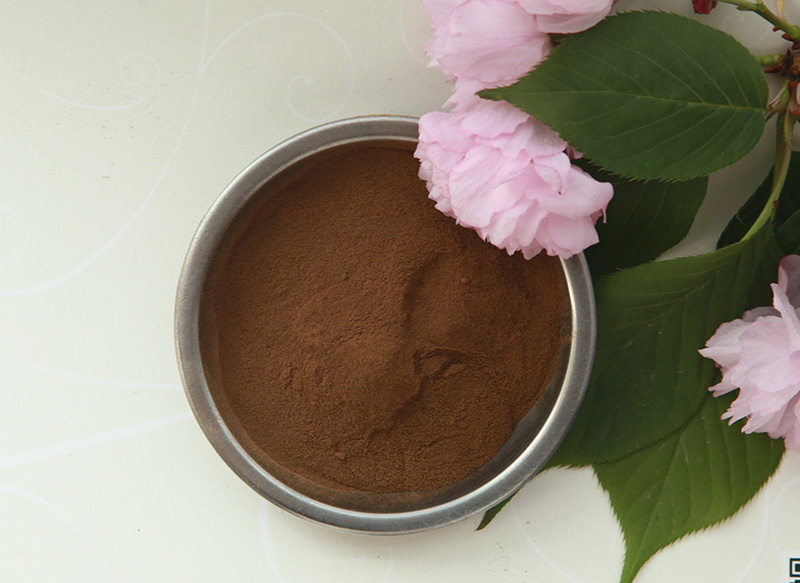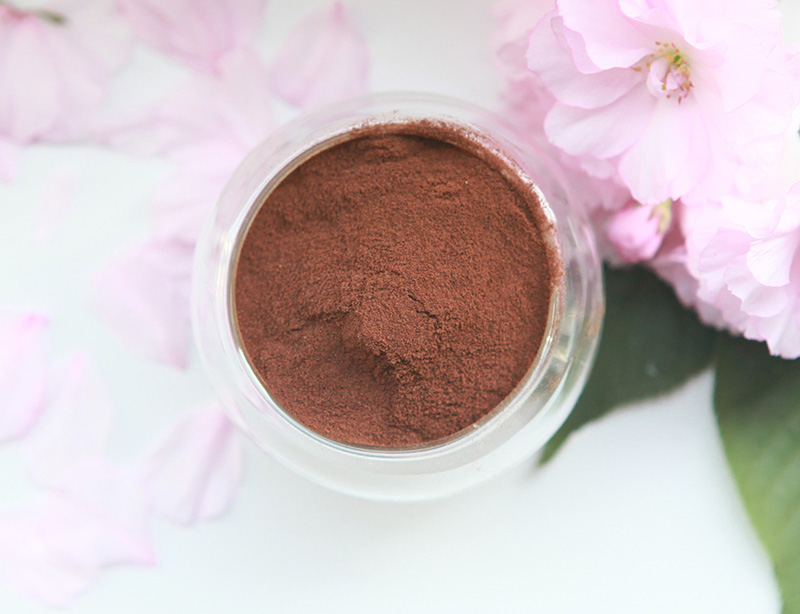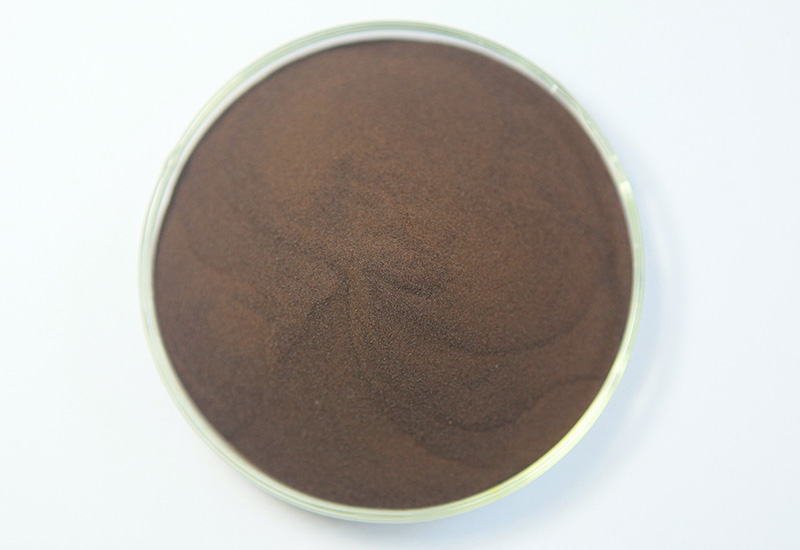Post Date: 27, Dec, 2021
The name “I” is lignin, which is widely present in the cells of woody plants, herbs, and all vascular plants and other lignified plants, and plays a role in strengthening plant tissues.
In nature, “I” always coexists with cellulose and hemicellulose, working together to build a plant skeleton. People divide me into three types: hardwood lignin, conifer lignin and herbal lignin. Generally speaking, “I” is distributed regularly in plant cells. The concentration of “I” in the intercellular layer is the highest, the concentration of the inner layer of the secondary wall is the second, and the concentration inside the cell is the least. As the third largest organic resource in nature, although “I” was used by humans thousands of years ago, it has not been widely exploited so far.
“I” in industrial production
In China, “I” can be traced back to the invention of papermaking. The purpose of pulping and papermaking is to retain cellulose and hemicellulose and remove “I”. The raw materials involve wheat straw, rice straw, reed, sugar cane, etc. A large amount of “I” produced by China’s traditional paper industry is present in papermaking waste liquid, and direct discharge will cause serious pollution problems, and the large amount of wastewater has become a major problem in domestic industrial wastewater treatment.
 There are two main aspects of foreign related industries. On the one hand, the “I” in the wood is separated from the hydrolysis of wood; on the other hand, it is aimed at the waste water problem of the paper industry. Foreign countries have developed a set of wood paper-making waste liquid treatment processes. First, the “I” in the waste liquid is recycled by alkali, and then the recovered I is used for combustion and energy supply. This is achieved to the greatest extent on the basis of solving the pollution problem. It saves energy.
There are two main aspects of foreign related industries. On the one hand, the “I” in the wood is separated from the hydrolysis of wood; on the other hand, it is aimed at the waste water problem of the paper industry. Foreign countries have developed a set of wood paper-making waste liquid treatment processes. First, the “I” in the waste liquid is recycled by alkali, and then the recovered I is used for combustion and energy supply. This is achieved to the greatest extent on the basis of solving the pollution problem. It saves energy.
Separation and extraction of “I”
In order to improve the effective use of “I”, scientists at home and abroad are actively studying the separation and extraction of “I”. In industrial production, we are generally separated and extracted when cellulose is used. From the perspective of scientific research, people separate and extract “I” in order to obtain samples with higher purity, or samples with specific structures and properties.
Generally speaking, there are two major types of separation of “I”: one is to dissolve the components other than me in the plant body, and then filter to separate the insoluble “I”. A typical example is in the wood hydrolysis industry. The element is hydrolyzed to glucose under the action of acid, and the “I” is separated as the residue of hydrolysis; the other is to dissolve the “I” in the plant body, separate other components and then precipitate to obtain the “I”.
The latter type of separation is common in the pulping process of papermaking. It is subdivided into two types of separation methods. The original “I” is sulfonated into water-soluble lignosulfonate, and then treated with lime milk, the “I” can be precipitated; the latter is cooked with thick caustic soda at high temperature, or chopped rice straw or wheat straw. Change the “I” into an alkaline “I”, filter out the cellulose, and then acid-treat the remaining solution to precipitate the “I”.
 The “triple personality” of “I” and many specialties
The “triple personality” of “I” and many specialties
“I” is a polyphenol three-dimensional network polymer compound with phenylpropane as the structural unit. It has a triple personality (that is, three basic structures): guaiacyl structure, syringyl structure and p-hydroxyphenyl structure. I The composition of the elements varies with plant species and separation methods.
There are many functional groups in the structure of “I” (aromatic groups, phenolic hydroxyl groups, alcoholic hydroxyl groups, carbonyl groups, methoxy groups, carboxyl groups, aldehyde groups, conjugated double bonds and other active groups), which enable the “I” to undergo a variety of chemical reactions , Such as: oxidation, reduction, hydrolysis, alcoholysis, acidolysis, photolysis, acylation, alkylation, nitration, etherification, sulfonation, polycondensation or graft copolymerization.
The resin synthesized with “I” as the raw material is lower in cost than phenolic resin in the production of general molded parts, and has a certain industrial value. In the lignin latex co-sedimented by “I” and natural rubber latex, “I” acts as a reinforcing agent, thereby replacing the more expensive carbon black and reducing the cost of rubber products. “I” can also be used as a raw material for the production of oilfield chemicals to improve the oil recovery rate and oil quality of oilfield mining.
In addition, “I” can also be used as surfactants, fertilizer additives, pesticide slow-release agents, plant growth regulators, etc. With the deepening of scientific research, I will have more and more opportunities to show off my skills.
Post time: Dec-27-2021


